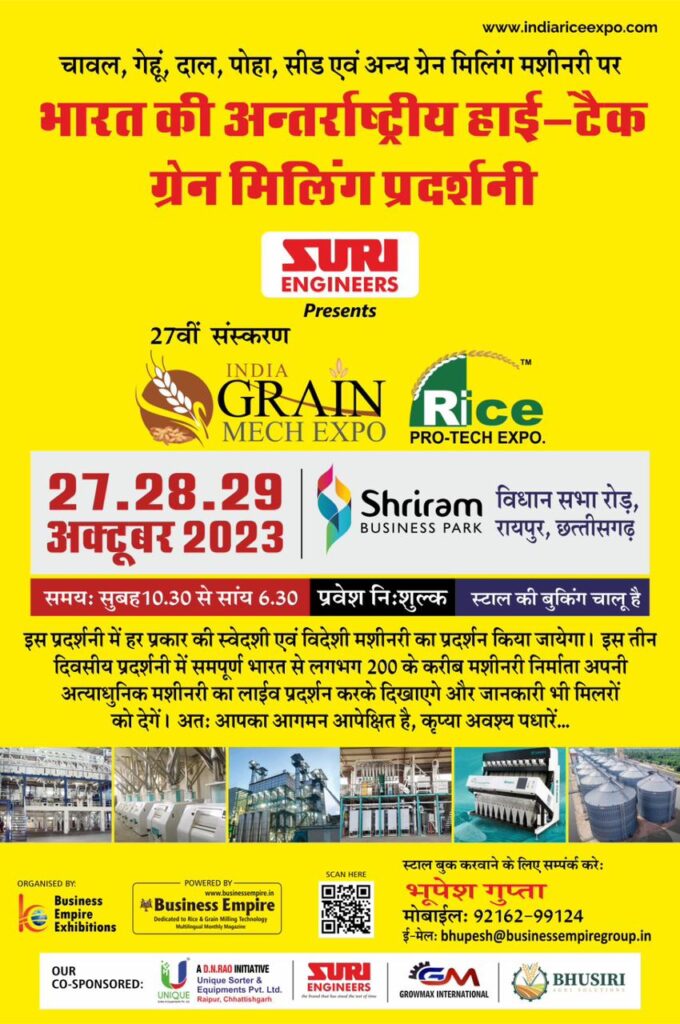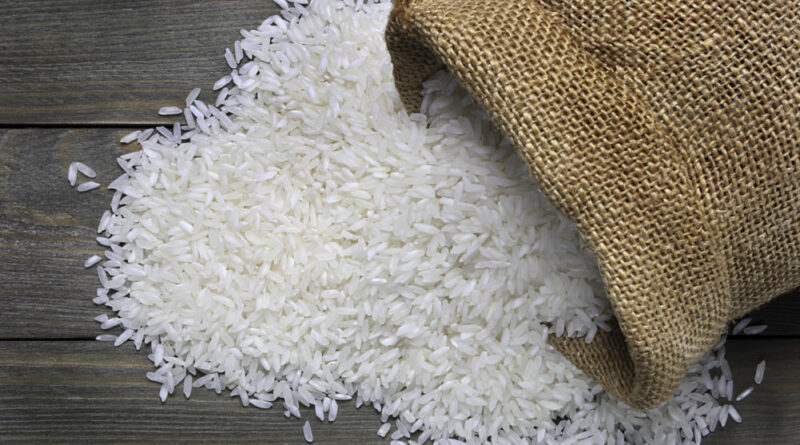Punjab: Basmati prices surge after Centre relaxes export curbs
By Gurpreet Singh Nibber
The purchase of the premium aromatic variety basmati in Punjab picked up after Monday’s decision by the Agricultural and Processed Food Products Export Development Authority (APEDA) to bring down the minimum export price to US $850 dollars (equivalent to ₹71,400 aprox) per tonne, from the earlier price of US $ 1,200 dollars.
Also, the purchase price of the freshly harvested aromatic crop has improved which was hovering at around ₹3,400 per quintal before APEDA regularized the minimum export price (MEP).
Punjab director agriculture Jaswant Singh said a formal communication from APEDA about MEP regularisation of basmati is yet to be received.
He, however, confirmed that the purchase price has increased from ₹3,500 to ₹3,700 per quintal. “In the 2022 kharif season, the average purchase price of basmati was ₹3,800 per quintal. It is predicted that with the easing of export norms the average price this year is expected to rise further, he said.
Director agriculture added that the early sown 1509 basmati variety has started arriving in the mandis of Amritsar, Tarn Taran and Gurdaspur.
“Initial estimates suggest that at least 5 lakh quintals have reached the mandis,” he added.
According to Shahbeg Singh, a basmati grower from Mallunangal village in Amritsar, “The prices (of basmati produce) have improved from last week’s ₹3,400 and we are expecting it to rise further.”
Harnek Singh of a village Chogawan in Amritsar said that he is yet to harvest the crop, but the prices of aromatic grain have shown encouraging trends.
“I expect to harvest my crop by the first week of October and hope to sell it at ₹4,500 plus (per quintal) because he had restricted usage of agro-chemicals over the crop,” he added.
The restrictions were imposed for 45 days, beginning August 25, by APEDA which functions under the union ministry for commerce. The basmati exporters had apprehended that by the time restrictions would end, Thailand and Pakistan would be able to take the lead in the basmati exports.
“At the restricted rate, only 15-20% of the country’s total capacity of export could have been made,” the exporters had contended.
In Punjab, the 1509 variety of basmati is sown over 50% area out of a total 6 lakh hectares area under premium grain cultivation. In the rest of the area, aromatic varieties of 1121, 1718 and PUSA varieties have been sown, which will be harvested in November month.

It needs to be mentioned that the Centre has imposed a complete ban on the export of raw non-basmati and par-boiled non-basmati rice can be exported by paying 20% duty. The export price of par-boiled rice is US$ 500 per tonne.
“Exporting of non-basmati rice would have led to inflation and not the basmati as only a section of the population in India consumes premium rice while most people in the country eat non-basmati rice, and its export will lead of price rise,” Vijay Setia, former president of the basmati exporters association, said.
The matter was flagged before Sarkar Sanatkaar Milni (government-traders’ meet) last week in which the basmati exporters asked the state government to take corrective steps, after which a committee led by Rajya Sabha MP Vikramjit Sahney was constituted which took up the matter with union commerce minister Piyush Goyal.
As per APEDA figures, last year’s foreign exchange earnings from the export of 175 lakh tonnes of non-basmati rice was ₹63,000 crore, while from the export of 45 lakh tonnes of basmati rice, the forex realization was ₹48,000 crore. Punjab contributes 35-40% of total exports from the country.
This article has been republished from The Hindustan Times

